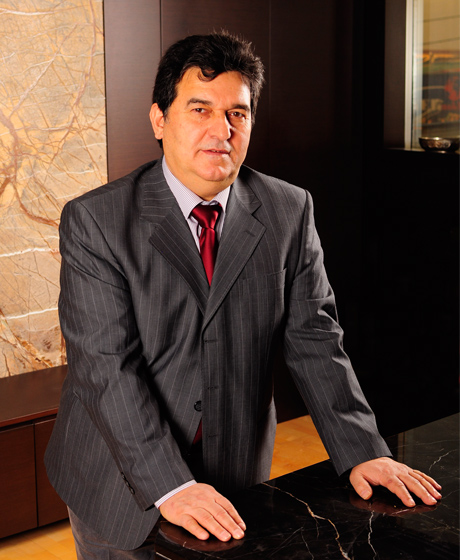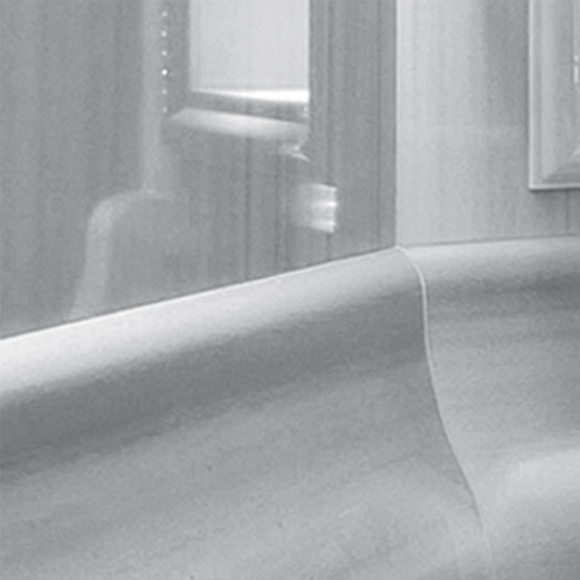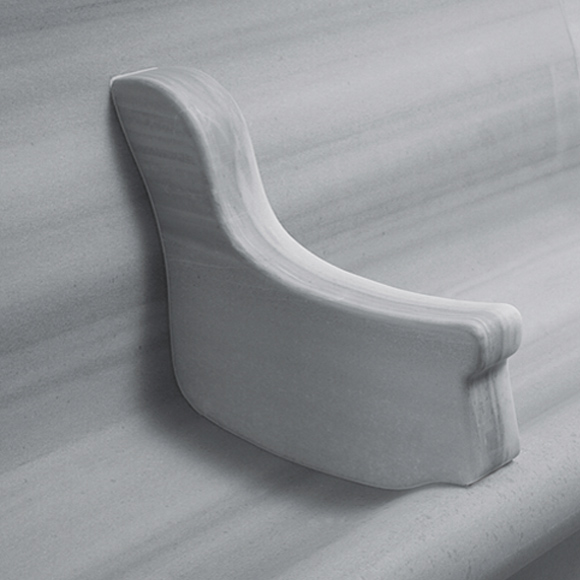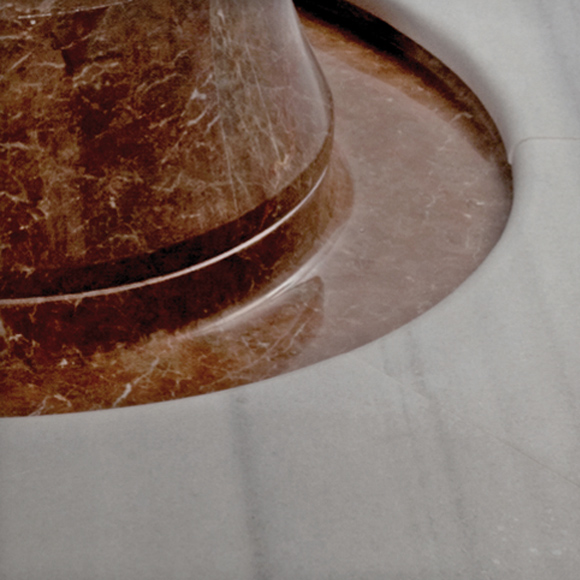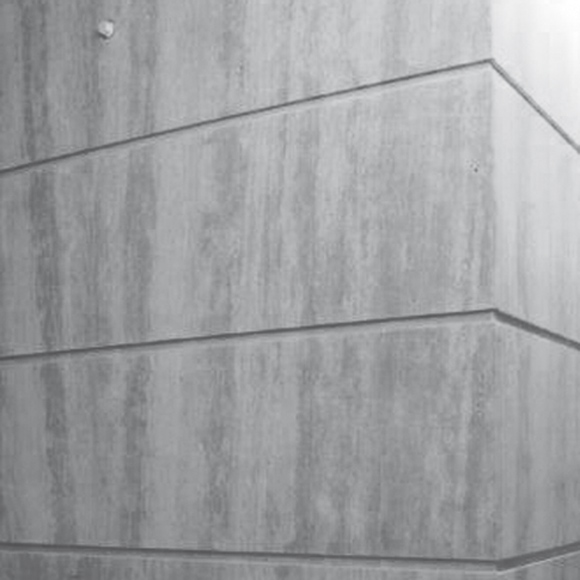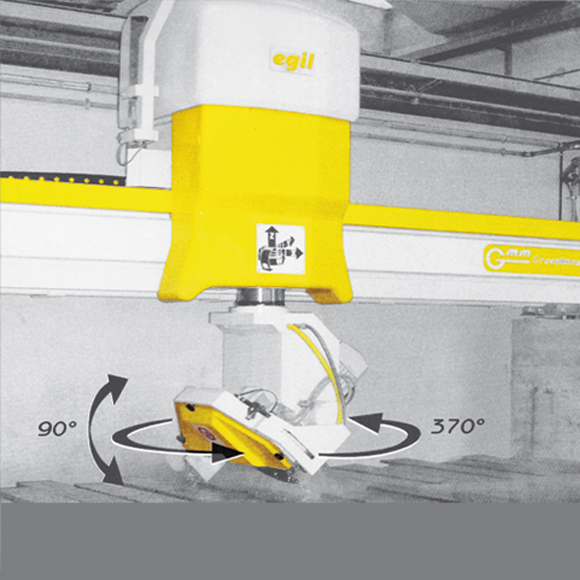As a child I would remove the stones covering the constantly-bursting-pipes of the neighborhood’s Turkish bath. The reason I was doing it was to allow for the pipes to be repaired. After the repair I would put the stones back in their place. This was how I earned my first money. Back in those days I would have never imagined that one day I’d own the company that first comes to mind today when the word Turkish bath is mentioned.
Our marble work began in Çatalzeytin, Kastamonu. Most of the people living there work in the field of marble. Stones prepared in Marmara Island would arrive in Istanbul after traveling on the sea for three days. Istanbul was the place from where these stones were sent to various places. The barges arriving at Küçükpazar would bring marbles prepared and cut in several sizes. Craftspeople, artisans, and traders of the period would receive their raw materials there and turn them into building stones, which sprang to life as kurnas and stairs or sometimes as special fountains.
My grandfather who was our family’s first marble artisan worked in Dolmabahçe Palace in that era. His work described as varnishing was requiring great efforts back in those days compared to the present day when technological machines came into use. A great floor workmanship, this work offers the final touches to decoration. After a while my grandfather expanded his business using an Italian-originated machine, which was of high technology back then. My father also learned about building elements from my grandfather and founded his own studio in 1974 to continue this business. Back in those days, the top marble designs included spiral marble staircases, which were made using one-piece marble stones in particular and can be seen today in old buildings.
My first memory of working at my father’s marble studio was on the day when a diamond blade was mounted to the marble machine. It was an exciting moment as the diamond blade was replacing carbide saws – which we would throw three of them away a day. Diamond blades, on the other hand, were guaranteed to work non-stop for a few months without breaking down. That was an amazing development given the technical conditions of the time. Unfortunately my father died at a young age in 1978 and I couldn’t keep the studio alive for a long time as I was very young as well. I knew marble but I just wasn’t ready to run a studio and do the business part of this work.
So I re-learned my father’s occupation from scratch in other marble studios and followed the steps of master hands. I worked at several marble studios until I left for military service. In 1985, I completed my military service and started to work in specific projects. After a short while, I started carrying out the marble work of Turkey’s prominent families. I became one of the most sought-after marble artists as I was paying the necessary attention to these kinds of projects and as I adopted personal development as my life philosophy. In 1989, I co-founded my first company. My partnership in this company lasted for eight months. At the end of the eight months, I decided to continue by myself and founded Titiz Marble.
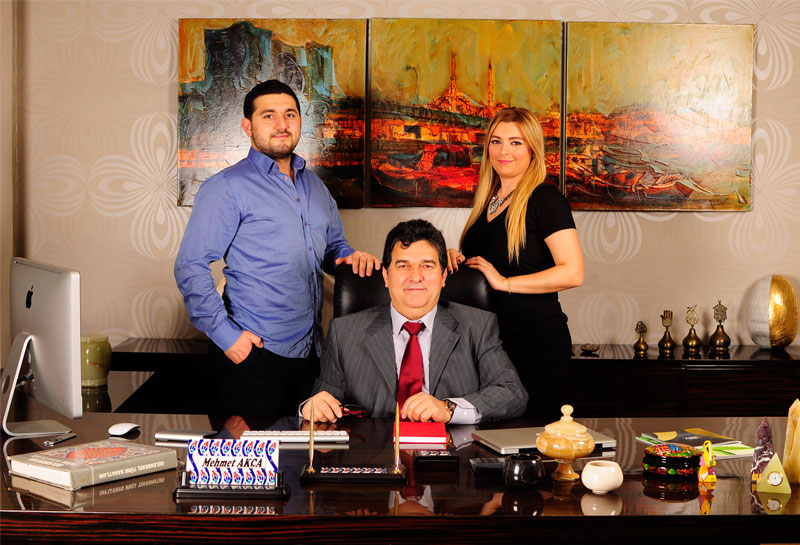
I have chosen the name Titiz Marble (Titiz means precise and careful in Turkish) based on the life philosophy that had brought my achievements until that time. Titiz Marble is simply a company that is careful about its business, performs production not only based on the principle of return but the impulse for yielding the best and owes its current reputation to this impulse. For this reason, I am proud of the name and works produced by my company.
Titiz Marble firstly started to operate in Göztepe Çemenzar. I have become one of the first workshops which process granite during that period. The same has become a period during which we started to visit foreign fairs and see what can be done with natural stones. We have taken the advantage of this period when Turkish Bath started to rise among Spa projects. We have both operated as the volunteer promotion envoy of Turkish Bath and met with Spa Wellness and the concepts which constitute this during this process. We could not find any kurna when we constructed a Turkish Bath for the first time, there was no person who makes kurnas in the same quality and the same methods with old craftsmen except some machine based simple products.
At that very point, I noticed that traditional bath construction techniques do not comply with today’s requirements. A new viewpoint was necessary for Turkish Bath. For that reason, we were searching the traditional bath construction techniques on the one hand and studying on how we can adapt the new technology to these techniques on the other hand. We performed some R&D works to convert the heating system into electric system, as well we ensured our craftsmen to traditional kurnas, boards and baths with the same techniques. I visited and investigated Turkey’s leading Turkish Baths, I have taken photos and gathered books from them.
As a result of these efforts, we manufactured our special bath that may also be used as a completely computer controlled steam room as a first in the world. Our Majestic Steam Room that is a turning point and ncluded in most of the qualified hotel projects of the country is a natural outcome of this R&D works too. Being the first company coming to mind when talking about Turkish Bath in Turkey has never been a coincidence.
Titiz Marble family will keep taking every effort to do best for carrying traditional Turkish stone masonry and bath tradition to the future.
OUR PASSION
Titiz Granit & Marble is seeking for maximum self sacrifice and highest quality in every project it carries out… We work with all our strength to achieve 100% success in every field…
The Origin of the Whole is the Details…
0.1 mm joint spacing
Joint spacing has a significant position in quality perception. Joint spacing should be as narrow as possible that does not allow penetration of a 0.1 mm pointed blade in a high quality project. At the same time the panels where the connection is made should be kept as large as possible so that the number of joints is decreased.
Panel connections
Selection of stone, alignment of two adjoining panels are among the key points of a qualified marble workmanship. Panels should be kept as large as possible so that possible misalignments are prevented.
Polishing work
Polishing work should be applied sufficiently until a stratified and glassy surface is attained.
Texturing
The panels should be textured and slipperiness should be prevented in wet areas, floor or sitting areas.
Selection of stone
Selection of stone is among the key points of a qualified marble workmanship to ensure alignment of two adjoining panels. Panels should be kept as large as possible so that possible misalignments are prevented.
High technology
The benefits of high technology should be utilised in many works such as joining marble blocks and filling the joints.



